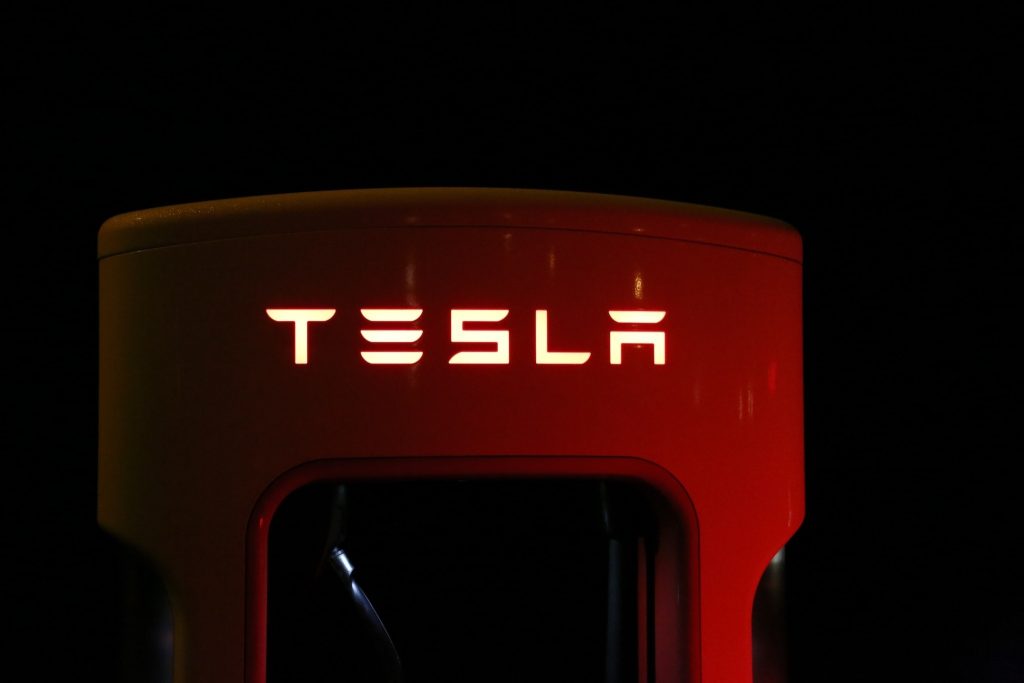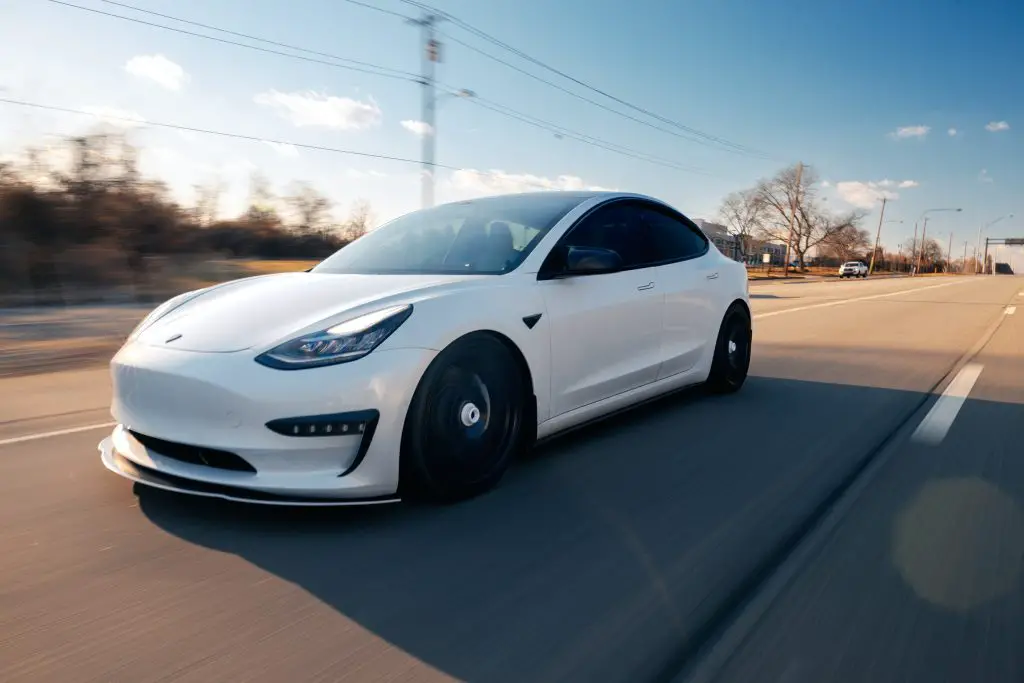Contents
Introduction | How Long Do Tesla Batteries Last?

Tesla batteries are an essential component of the company’s electric vehicles. The longevity and reliability of these batteries are key factors in the success of Tesla’s mission to accelerate the transition to sustainable transportation. So, how long do Tesla batteries last? In this blog article, we’ll explore the lifespan of Tesla’s batteries and the factors that affect their longevity.
Tesla Uses Two Types of Batteries
First, let’s take a look at the different types of batteries that Tesla uses in its vehicles. Currently, Tesla uses two types of batteries: lithium-ion (Li-ion) and nickel-cobalt-aluminum (NCA) batteries.
Lithium-ion batteries are the most common type of battery used in electric vehicles. They are lightweight, have a high energy density, and can be recharged quickly. NCA batteries, on the other hand, are more expensive than Li-ion batteries but have a higher energy density and longer lifespan.
Lifespan of Tesla Batteries Depend On Several Factors

The lifespan of Tesla’s batteries depends on several factors, including how the vehicle is driven, how often it is charged, and the type of battery used. According to Tesla, the average lifespan of its batteries is around 300,000 to 500,000 miles, or about 10 to 15 years. However, this is just an estimate, and the actual lifespan of the batteries can vary depending on how they are used.
One of the biggest factors that affect the lifespan of Tesla’s batteries is how often they are charged. Like all batteries, Tesla batteries degrade over time, and the rate of degradation is affected by how often the battery is charged. The more frequently the battery is charged, the faster it will degrade. Tesla recommends that its vehicles be charged to no more than 90% capacity to reduce the rate of degradation.
Another factor that affects the lifespan of Tesla batteries is the temperature. High temperatures can accelerate the degradation of the batteries, while low temperatures can reduce their performance. To help mitigate the effects of temperature on its batteries, Tesla has developed a battery cooling system that helps to maintain the temperature of the batteries within an optimal range.
In addition to these factors, the way the vehicle is driven can also affect the lifespan of the batteries. Frequent hard acceleration, aggressive driving, and heavy loads can all increase the rate of battery degradation. Conversely, gentle driving and light loads can help to extend the lifespan of the batteries.
Warranty of Tesla Batteries
It’s worth noting that Tesla offers a warranty on its batteries, which provides additional peace of mind for customers. The warranty varies depending on the model and battery type, but typically covers the battery for 8 years or 100,000 to 150,000 miles, whichever comes first. This warranty includes coverage for battery failure or defects, as well as a minimum capacity guarantee. If the battery’s capacity drops below a certain level during the warranty period, Tesla will repair or replace it at no cost to the owner. This warranty underscores Tesla’s commitment to quality and durability and ensures that customers can enjoy their electric vehicles with confidence.
Conclusion
In conclusion, the lifespan of Tesla batteries depends on several factors, including the type of battery used, how often the battery is charged, the temperature, and how the vehicle is driven. While Tesla estimates that its batteries will last around 300,000 to 500,000 miles or 10 to 15 years, the actual lifespan of the batteries can vary depending on these factors. However, with proper care and maintenance, Tesla’s batteries can last for many years, helping to reduce the environmental impact of transportation and accelerate the transition to sustainable energy.
Learn more





